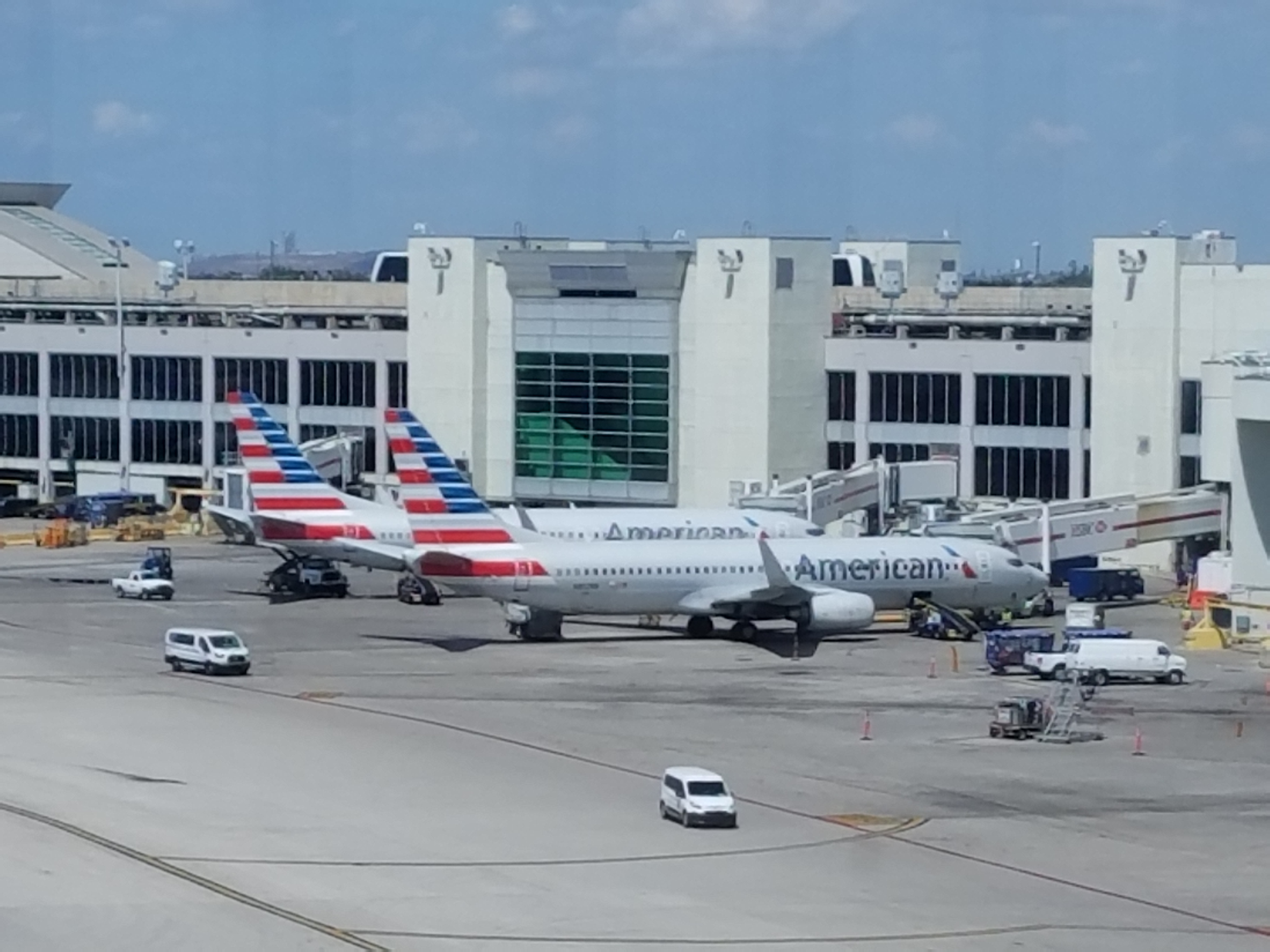The founder of Boom, which is working to develop a supersonic passenger jet, often has opinions on the airline industry and thinks that much of what’s being done today is wrong. He’s now focused on the way planes push back from the gate and then line up to wait to take off. This keeps passengers on planes longer and burns fuel. So he thinks they should do ‘virtual queueing’ instead.
Airplanes shouldn’t physically line up to take off at busy airports. This wastes tons of jet fuel.
Instead, use a virtual queue. Stay at the gate until it’s nearly time to take off.
This would save many tons of fuel… and also enables re-ordering of the virtual queue. pic.twitter.com/g5dbrOLydi
— Blake Scholl (@bscholl) November 19, 2025
There are two binding constraints that the current system of ‘push back and wait’ solves for:
- runway capacity
- gate capacity

Having planes leave the gate and queue lets another plane come into the gate! That both saves fuel and passenger time on the inbound aircraft (since planes can park rather than wait to do so) and maximizes the number of flights.
And lining planes up has them ready to leave in succession, immediately, to get the most runway throughput possible.
Still, “keep planes at the gate in a virtual queue instead of taxi-queuing” is a real idea that is already being deployed to some extent. It’s just not as simple as it sounds.
- A “virtual queue” is basically departure metering. New York JFK has run a metering program for years where algorithms set a Target Movement Area Time for each departure – i.e. when it should push and enter the taxiway system – to keep the departure queue at a target length. Airlines can swap flights within their allocations, and air traffic control procedures on the movement area stay the same. This results in fewer long queues, less time in the runway queue, and lower average taxi-out time.
- The FAA’s Terminal Flight Data Manager is the program that includes departure scheduling and surface metering. The FAA describes it as a “virtual queue at the runway” that saves fuel by reducing engines-on taxi time, and they estimate 313 million gallons of fuel saved and over 3 million metric tons of CO₂ to date.
- At major European airports, Departure Manager and Airport Collaborative Decision Making tools calculate Target Start-Up Approval Times and Target Take-Off Times, explicitly to reduce queues at the runway and shift waiting to stands/gates while maintaining runway throughput.

The core idea not to have 25 airplanes idling in a conga line, and to use a time-based virtual queue instead, is actually the basis of several current air traffic control systems. If you you can shift delay from “engines-on, stuck in a taxi queue” to “engines-off, at a stand or gate” then you save fuel and emissions without sacrificing throughput.
However, if you hold all departures at their gates in a virtual queue during a peak departure bank, you block the gates needed by the next arrival wave. That just means different flights do the waiting away from the gate or you get arrival holds in the air (burning far more fuel).
Ultimately, runway throughput needs planes to be ready. If you cut the physical queue all the way to zero and try to send airplanes out just-in-time from gates, you risk wasting arrival gaps if a departure misses its slot. You can’t just keep everyone at the gate and call it done. You need to split waiting into three buckets:
- At gate, engines off
- On ramp or holding pad, waiting for clearance to enter the movement area.
- On taxiway, in the take-off queue.

In this way, everyone can move efficiently, and runway throughput can still be maximized. Just stay at the gate until it’s your turn ignores gate scarcity, runway capacity management, and the need for a minimal physical queue. And it suggests that this is an overlooked idea. It is not.


Why not use electric tractors to tow the planes all the way to the takeoff spot ? They use zero fuel when idling. Planes will use no fuel right up to the point they need to take off. And we can use the same queue system. Make the tractors AI driven (or remotely controlled). Potentially they could even provide electricity to the plane while taxiing.
@Gary: You are too kind. I wouldn’t give the founder of Boom such credence. He is living off the funding of misguided investors who don’t understand that his plane will never fly. They don’t have an engine! GE, Pratt, and Rolls all looked at it and turned it down. There is nobody else. Even Comac weren’t foolhardy enough to try to develop their own powerplant.
IME when airport traffic gets stacked up ATC (tower) starts to hold planes at the gate rather than have planes blocking aprons, tarmac and taxiways. How is this anything different?
Starting with “The founder of Boom…” welp, that’s where you lost me. No credibility. Get Ed, Scott, Bob, or shoot, even Mr. Barry Biffle (Frontier), you know, people running actual airlines, to suggest this, and then we might/should listen.